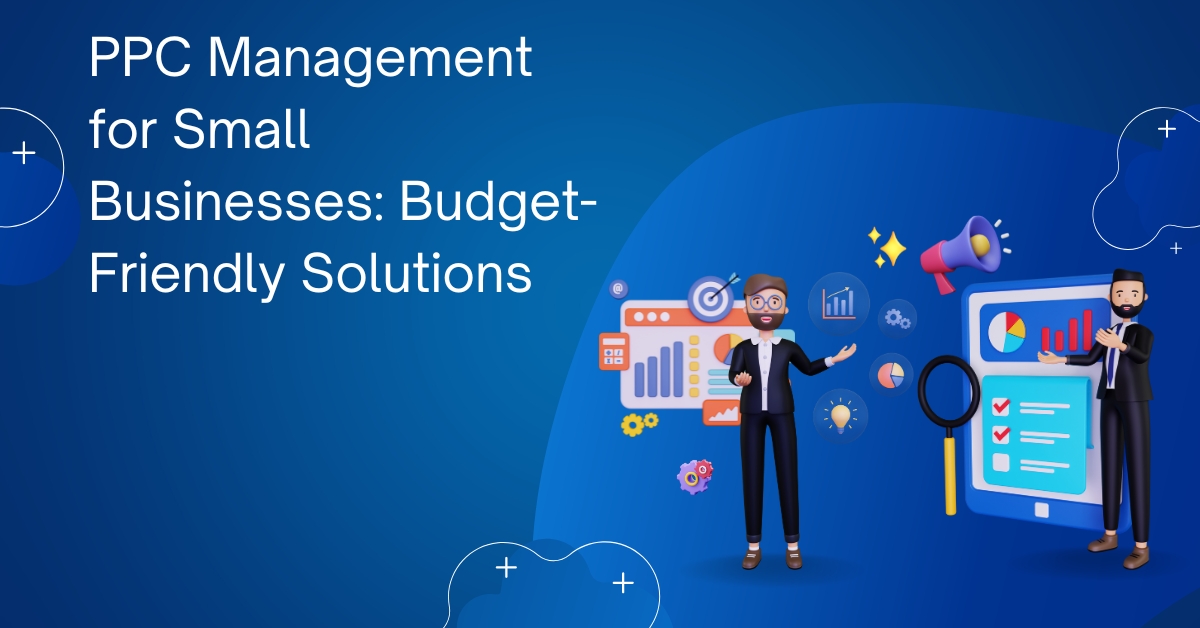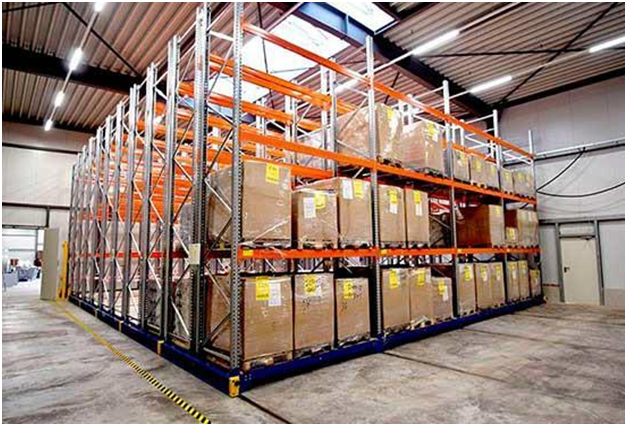Have you ever wondered how much time your business spends on manual attendance tracking? Are you curious about the benefits of switching from a traditional system to a cloud based attendance system? If so, this blog post is perfect for you. Here, we’ll break down everything you need to know about planning, implementing, and optimising a modern attendance solution.
In simple terms, a cloud based time and attendance software uses the internet to record, store, and manage data about when employees clock in and out. This approach makes tracking attendance straightforward, cuts down paperwork, and offers real-time visibility anytime, anywhere. By the end of this article, you’ll have a clear picture of how to set up your attendance solution successfully.
You’ll also discover tips for adhering to local Australian regulations, learn how to handle employee resistance, and explore core features every system should have. We’ll highlight the pros and cons of a free cloud based time and attendance software while explaining how to secure your employee attendance data. Let’s dive in and see how all these elements come together to form an effective, future-ready time tracking system.
A Quick Look at Cloud-Based Time Attendance
A cloud-based time attendance system is hosted online, meaning you don’t need on-site servers or bulky hardware at your workplace. This type of system streamlines attendance monitoring, giving managers a real-time overview of employee hours. It’s especially popular in Australia, where business owners value flexibility and accessibility when it comes to workforce management.
At its core, it replaces paper timesheets with digital solutions. Employees can log their hours through mobile apps, web browsers, or even biometric terminals. The system then stores all data in the cloud, so authorised personnel can access it in seconds. This transparency often improves staff accountability and helps identify productivity bottlenecks.
Key Features Every System Should Have
When browsing for a time and attendance system, look for essential functions like real-time tracking, automated notifications, and easy integration with payroll software. Robust reporting tools are also important for generating insights on labour costs or recurring attendance patterns.
Having multi-device access is another must-have feature. cloud based time and attendance software should function well on desktops, tablets, and smartphones. This ensures on-the-go staff can clock in from different sites, such as construction locations or pop-up retail stalls. A user-friendly interface goes a long way, too—no one wants an overly complicated system that baffles employees and managers alike.
Exploring Cloud-Based Attendance System Options
Switching to a cloud based time and attendance software brings plenty of perks. First, you can access your dashboard from anywhere, whether you’re at the office or working on-site at a client’s location. Second, scalability is a breeze. If your workforce grows or you open a new branch in another city, your system can expand without costly hardware installations.
Another benefit is receiving ongoing updates without disrupting everyday operations. Since providers handle maintenance, your team doesn’t need to worry about installing patches or troubleshooting hardware. In many cases, you’ll also find advanced security measures like encryption, offering peace of mind that your attendance data is safe from unauthorised access.
Free Cloud-Based Attendance System: Pros and Cons
Many free systems come with adequate reliability for smaller operations, offering the basics like time tracking and data export. However, you can’t expect advanced analytics or guaranteed support when issues come up. This gamble might be acceptable for a budding business, but if you’re dealing with multiple sites or hundreds of employees, a free system’s limitations could become glaring.
Reliability also depends on the platform’s developer commitment. If the provider regularly updates the software, your free cloud based attendance system might keep pace with the latest security standards and technology improvements. Still, always do thorough research—read user reviews, talk to colleagues, and test the platform before fully committing.
Planning an Employee Attendance System Project
Before you start implementing a cloud based time and attendance software, map out the scope of your employee attendance system project. This includes identifying which departments, locations, and roles will be affected. Defining a clear timeline helps everyone understand critical milestones—like finalising system requirements, training staff, and completing testing.
A typical project might span a few weeks for smaller businesses, while larger enterprises could need several months. Break the plan into manageable phases. For instance, you could pilot the system in one department before rolling it out organisation-wide. This staggered approach allows you to refine any process gaps along the way.
Configuring the Software and Initial Setup
The first step in your implementation strategy is to configure the basic settings. Begin by adding your organisation’s details, user accounts, and roles. You can also set up shift templates or break policies to align with your company’s daily operations. Keep the interface simple so employees will be able to navigate it without confusion.
It’s essential to verify you have the right user permissions in place. Some staff might only need to clock in or out, whereas team leaders should be able to approve timesheets or run reports. Clear assignment of roles at this initial stage helps avoid potential security or data consistency issues later on.
Managing Employee Resistance and Concerns
Adopting a new technology often brings about anxiety or pushback. Employees might wonder if the system will track their location or generate intrusive data. Clear, honest communication can ease fears. Explain that the aim is to improve accuracy, streamline processes, and reduce administrative burdens.
Show empathy by letting them know you value their updates and suggestions. Involving staff in the rollout helps them see the change as a collective effort rather than a top-down directive. Positive word-of-mouth from early adopters can also break down barriers and encourage reluctant team members to come on board.
Maintaining Compliance and Accurate Record-Keeping
Australian labour laws and industry-specific regulations require consistent and accurate record-keeping. If your staff works irregular hours or across various award categories, the system should handle these complexities without breaking a sweat. Automated time calculations can reduce errors linked to holiday pay, overtime, or penalty rates.
Keep up with legislative updates. Your business may be subject to new record-keeping rules or data privacy laws. A cloud based attendance system with automatic updates will be quicker to adapt, making sure you stay aligned with the latest requirements. Furthermore, regularly auditing your system’s data helps confirm that nothing is missed or wrongly recorded.
Tracking ROI and Performance Metrics
Congratulations—you’ve got your cloud based time and attendance software up and running! The next step is to track its impact on your business. Look at how many hours of manual data entry you’ve cut, or whether payroll errors have dropped. These metrics can help validate that your investment is paying off.
You might also measure improvements in punctuality or reduced lateness. With time, you could analyse productivity trends to see whether employees are more engaged after the switch. All these numbers shape future decisions about whether you need extra features, more training, or additional support.
Real-World Examples and Australian Case Studies
A busy café owner in Melbourne needed a quick solution to handle sudden shift changes and high employee turnover. After implementing a free cloud based time and attendance software, she reduced the time spent scheduling rosters and could easily track who clocked in for each shift. Her staff appreciated the straightforward interface they could access on their phones.
Advancements in Biometric and Mobile Technologies
Biometric technologies—like fingerprint scanning or facial recognition—are becoming more accessible. These methods reduce “buddy punching” (where someone clocks in for a colleague) and speed up the check-in process. Meanwhile, mobile apps can notify employees when they’re close to hitting overtime or remind them to take breaks.
As costs drop, such features will likely become standard. Australian businesses will also appreciate the convenience of verifying identity at remote locales or pop-up shops. This is an exciting area to watch, as it promises enhanced accuracy and a better employee experience.
Conclusion
Summing up, a cloud based attendance system can transform the way your business tracks employee hours. It offers ease of use, real-time data, and robust compliance tools to keep you in good shape with Australian regulations. Whether you start off with a free cloud based time and attendance software or commit to a commercial offering, the key is making sure it matches your operations and growth ambitions.
When you embark on an employee attendance system project, remember the importance of staff buy-in and straightforward training. A new system can seem daunting at first, but the right implementation plan—paired with open communication—sets the stage for a smoother transition. Don’t forget to integrate it with payroll and HR solutions for maximum efficiency.
Ultimately, investing in a modern attendance platform helps lower admin time, reduce payroll mistakes, and keep your team on track. Take it step by step, and you’ll soon harness the benefits of cloud technology for a more productive and compliant workplace. Now that you’ve read up on the basics, you’re well-equipped to make the best possible choice for your business.

 Nivi
Nivi









